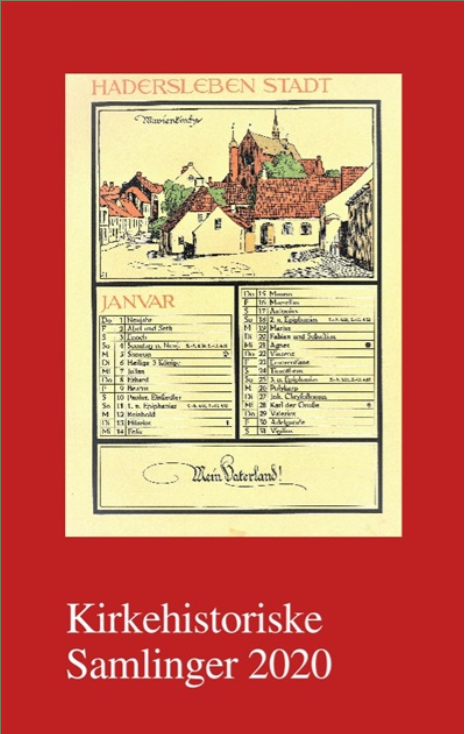Publiceret 25.02.2025
Citation/Eksport
Copyright (c) 2020 Tidsskriftet Kirkehistoriske Samlinger

Dette værk er under følgende licens Creative Commons Navngivelse – Ingen bearbejdelser (by-nd).
Resumé
I 1738 trykte Vajsenhuset i København efter andragende fra danske præster i Slesvig en udgave af Lutherbibelen, den såkaldte Hus- og Rejsebibel til brug for de dansktalende menigheder i Slesvig. Det skyldtes, at bibeltekstens ordlyd i de nye tyske og de nye danske bibler var ved at bevæge sig fra hinanden. I Halle satsede man hårdt på at restaurere den oprindelige Lutherbibels ordlyd. Dette skyldtes ikke mindst August Hermann Franckes indsats siden 1708, hvilket resulterede i oprettelsen af Den von Cansteinske Bibelanstalt i Halle. Missionskollegiet i København havde imidlertid lagt sig fast på stadig revision af oversættelsen fra grundsprogene. For at fremme en vis overensstemmelse mellem de bibler, der benyttedes i menighederne i de tysk- og i de dansksprogede dele af Slesvig, fraveg Missionskollegiet og Vajsenhuset i København deres eget princip. At de danske, pietistiske præster i Slesvig har kendt Frankes bibelarbejder tydeliggøres ved, at de i 1738 forsynede den af det københavnske vajsenhus udgivne danske Lutherbibel med et forord af Francke om, hvorledes man bør læse sin Bibel til nytte og salighed.
Summary
Due to A.H. Francke’s restauration of the Luther Bible in the beginning of the 18th century, and to the deviation from the Luther Bible
tradition in favour of translation from the original languages in the Danish Bible, the difference between the German and the Danish Bible increased. Consequently, the pastors of the Royal parts of Schleswig in 1735 sent a supplication to the Copenhagen Waisenhaus. They wanted a reprint of the older Danish Lutheran Bible from 1690 for the Danish speaking parts of Schleswig. This was admitted and in 1738, the copies were shipped from Copenhagen to Haderslev in Northern Schleswig from where they would be distributed. The new edition, however, was supplied with a translation of Francke’s foreword of his 1708 edition translated into Danish by the pastors of Schleswig. The Danish publishers meticulously refrained from revealing the name of the German author. The Copenhagen Waisenhaus should not be conceived as an agent of the Halle institution albeit the foreword clearly reflected the views of the pietist editors of Schleswig and Copenhagen. By using the foreword by Francke the Copenhagen publishers accepted a German instruction for a pietist reading of the orthodox, Danish Lutheran Bible edition exclusively for the multi lingual duchy of Schleswig.

